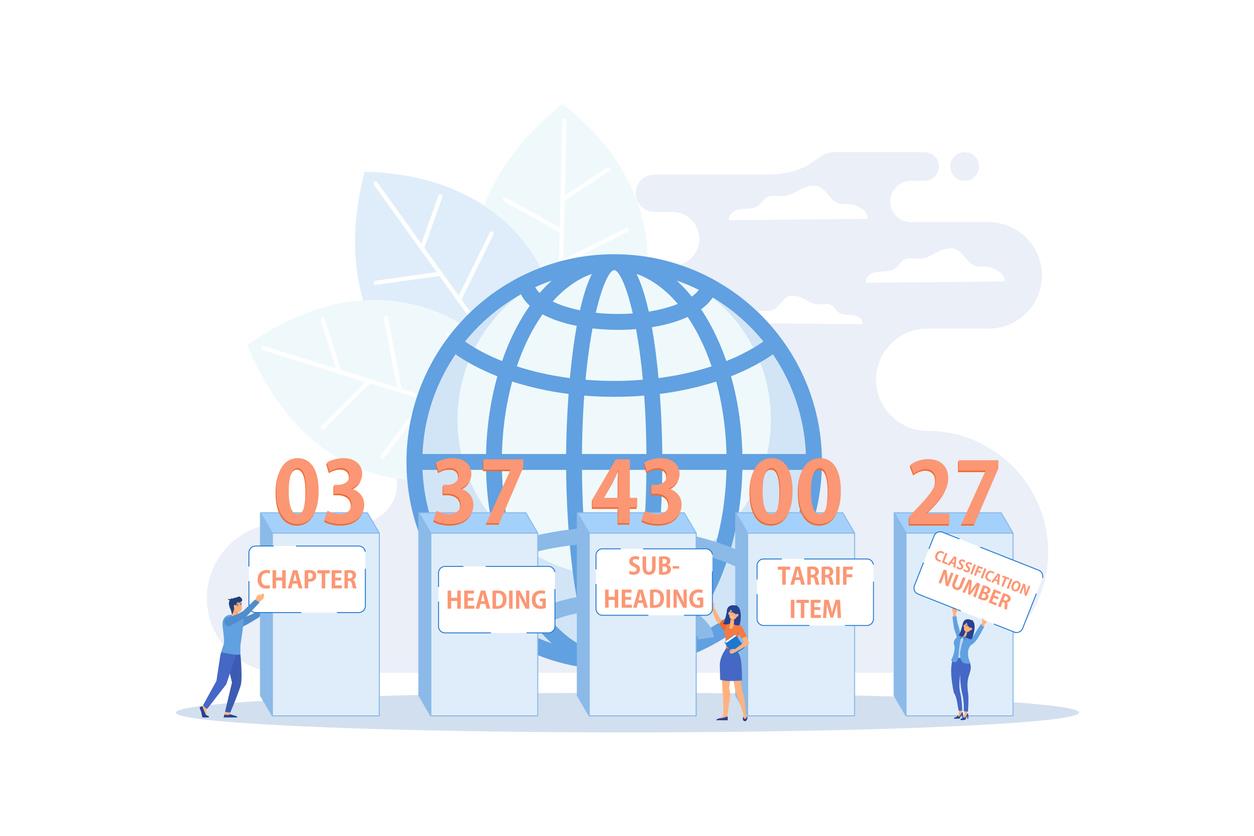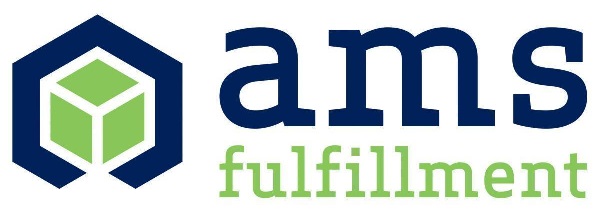It’s possible that importing goods into the United States will become necessary as you develop your online eCommerce firm. It’s common to feel overwhelmed by the prospect of importing items into the United States and dealing with U.S. Customs. The HTS code is a crucial identification required by U.S. Customs for firms to declare imported goods.
You may prevent hassles at the border and guarantee that your shipments and, ultimately, your customers receive their orders on time if you know how to import your items via customs, including the right use of HTS codes.
Read on to learn more about Harmonized Tariff Schedule (HTS) codes, how to find the correct one for your product, and the costs, unexpected inspections, seizures, and penalties issued by U.S. Customs for using the wrong one.
What Are HTS Codes?
The Harmonized Tariff Schedule, or HTS, is a system for categorizing imported goods to calculate applicable U.S. customs charges.
The first six digits of an HTS code are identical to the corresponding HS code. The additional four digits in the 10-digit HTS code (beyond the 6-digit HS code) are used to further categorize items specifically for tariff and statistical purposes in the United States. The 6-digit HS code is the same across all countries that use the HS system.
The United States International Trade Commission (USITC), often referred to as the International Trade Commission (ITC) of the United States publishes the HTS. The Harmonized Tariff Schedule (HTS) code is used to calculate the approximate amount of tariffs due upon importation into the United States.
Full Breakdown of the HTS Code
The 10 digits that make up an HTS code are separated into five groups. In addition, the first six numbers represent the HS number as part of the international HS, as was discussed above.
An HTS code can be broken down like this:
- Chapter: The first two digits denote the specific section of the HTS. The figures all add up when compared across countries.
- Heading: The next two digits reveal the chapter’s heading in the HTS. The figures all add up when compared across countries.
- Subheading: Within that chapter, these next two digits designate the subsection. The figures all add up when compared across countries.
- Subheading (Tariff rate lines): The next two digits determine the amount of duty that will be applied. These are uniquely American statistics.
- Statistical suffix: These final two digits are a statistical suffix used to track commercial activity. These are uniquely American statistics.
International Systems and HTS Codes
The majority of international shipping systems rely on HS codes. They have a length of six digits and include a chapter and a heading.
HS Code vs HTS Code
The Harmonized System (HS) codes are a system of numerical identifiers used to categorize products that are traded internationally. Harmonized Tariff Schedule (HTS) codes are used by U.S. Customs and Border Protection to assess import levies, taxes, and charges.
Harmonized System
In international trade, goods are identified and coded using the Harmonized System (HS), also known as the Harmonized Commodity Description and Coding System. It’s a system for classifying things that can be moved from one place to another. Customs duties and international trade data are calculated using this technique in virtually every country. The newest release didn’t appear until 2022. The HS is updated every 5 years with the next release scheduled for 2027.
A six-digit number is used to classify each type of imported product. Numbers one and two indicate the chapter, numbers three and four the heading, and numbers five and six the subheading within the header.
Harmonized Trade Schedule
The Harmonized Tariff Schedule, or HTS, was implemented in 1989 and is a numerical classification system for classifying items for use in determining duties, quotas, and statistics. The HS serves as the backbone of this setup. It’s important to know that the HTS can also be referred to as the Harmonized Tariff Schedule of the United States (HTSUS).
Each imported product is assigned a unique 10-digit code. A HS code consists of the first six digits. The next two digits of the HS code designate the U.S. subheading used to calculate duties, and the last two are statistical suffixes.
How Does the HTS Work?

The Harmonized Tariff Schedule (HTS) is used to categorize imported commodities according to several criteria, such as chemical makeup, brand name, and intended usage. The most up-to-date edition of the HTS, which spans 22 sections and 99 chapters classifying a wide variety of items, can be accessed on the USITC government website. There are introduction notes for each section and chapter. Chapter 77, which is reserved for future use, should be reviewed when classifying products, as should Chapters 98 and 99, which are reserved for national use.
When classifying commodities and comprehending tariff rates, it is recommended that you use the HTS’s General Notes, General Rules of Interpretation (GRIs), General Statistical Notes, and other guidelines.
The chapter, heading, and subheading structure of the HTS determines each product’s unique HTS code. There are more than 10,000 unique product codes in the HTS.
If you want to import cinnamon to the United States, you need to know about the regulations on “Coffee, tea, maté, and spices” in Chapter 9 of Section II. Products like cinnamon, green tea, saffron, and more are all included here, along with their respective HTS codes, descriptions, and duty rates.
Common Challenges You May Experience With the HTS
Issues with customs can be avoided if you know how to interpret the HTS and what each HTS code implies. As a business owner, here are some considerations to keep in mind when importing products into the United States:
The correct HTS code must be supplied by you. You will most likely interact with a supplier and a freight forwarder at some point in the export process. The HTS codes of the goods being supplied and forwarded must be declared by both parties. However, as the “importer of record,” you must ensure that the appropriate HTS code is applied. It is your responsibility to independently confirm the accuracy of any HS code you are given.
Don’t use the beneficial code; use the proper one. It is not unusual for an HTS item to have multiple plausible code placements. Choosing the correct code is more crucial than selecting the one with the lowest tariff rate. Use the code that best depicts the state of your goods as a Customs officer would see them upon entrance. In addition to the HTS itself, you can look to the six guiding principles known as the General Rules of Interpretations for clarification on how to properly categorize certain products. Contact the USITC for clarification if necessary.
Keep up with trade policies and initiatives. In other cases, the United States has no tariffs at all on imported goods because of trade agreements. These commercial pacts are also subject to change. They are listed on the HTS itself, under Column 1 (Special). The HTS’s General Note provides more information on how to qualify for preferential tariff treatment and how to make sense of free trade agreements like NAFTA.
Why HTS Codes Matter
The duty you must pay is based on the HTS code
According to the most up-to-date list of U.S. HTS Codes, importing a pallet of footballs would result in a 4.8% import tax if declared as 9506.62.80 (Inflatable balls – other) instead of 9506.62.40 (Inflatable balls – footballs and soccer balls), under which duty would be waived.
HTS codes are not recognized in other countries
You should also avoid using HTS codes that are exclusively valid in the United States on international shipments. The HTS codes used to characterize an import in the United States may not have the same meaning in another country, even though they seem similar to the HTS codes used in the United States. The 9506.62.4040 classification for footballs would be refused by Chinese customs because the correct classification for footballs in China is 9506.62.1000.
It is the responsibility of the importer
It is theoretically prohibited to misclassify your goods according to the provisions of the U.S. Customs Modernization Act, which says that an importer is responsible for making customs entries with exact values and estimated duties. Serious fines and penalties may be imposed if you are found guilty of this.
Import Into the U.S. With Ease by Partnering With AMS

If you know your way around the HTS and your products can be properly classified with an HS code, you won’t have any trouble expanding your business into new countries. By knowing which countries you should import from and which you should avoid, you can help your business and guide your decisions, in addition to staying compliant with the rules and avoiding penalties for non-compliance.
International import problems and accidents can be avoided with some prior knowledge of the system and an understanding of some of the more typical HS code blunders. Instead, you may concentrate on importing your goods into the United States, preparing them for shipping, and expanding your business one package at a time.
Partnering with eCommerce fulfillment experts can help you select the right codes and stay in compliance every time. AMS Fulfillment is the eCommerce order fulfillment expert to get international shipments through customs by following the HTS. Our facilities on both sides of the country efficiently ship orders to your customers, fulfilling more than 25,000 orders every day. We treat your needs as if they were our own. Contact Us today to get started.
GET IN TOUCH
Ready to learn more about ecommerce fulfillment? Don’t hesitate to reach out!
LET’S CONNECT




